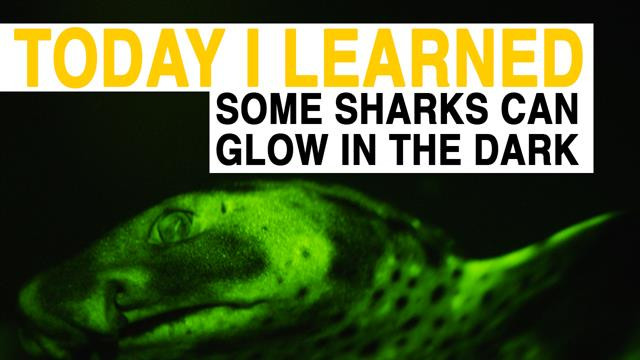› added 7 years ago
238

You probably know that your visual perception of the world is a bit different than your pets’. Dogs see things with less color than humans, snakes can see infrared, and if you have a pet bull, it lives in a world where red and green are the same color. This brings up a good question. Why do you have a pet bull? You should get a cat instead, and when you do, it is important to know that your new friend can’t focus on objects farther than 20 feet away. The point is, animals have evolved to see in a variety of ways. But how can we see things through their eyes? Marine biologist and National Geographic Emerging Explorer David Gruber collaborated with a research team to develop lights and camera filters that allowed him to do just that, underwater. Through their work, the team discovered biofluorescence in an abundance of aquatic species. This “glowing” trait has to do with how an organism absorbs and emits light. Research has indicated that this radiance is possibly used for communication and camouflage. One caveat: You need a certain species of eyes (or David’s camera) to see it. Swell sharks (Cephaloscyllium ventriosum) have fluorescent proteins inside their skin, which are triggered by the ocean’s blue light, becoming visible to other swell sharks. David’s camera has special yellow filters that allow the simulation of a swell shark’s vision. It turns out there is a massive rave going on 500 meters below the ocean’s surface, and one of the glowing guests is a type of cat shark!